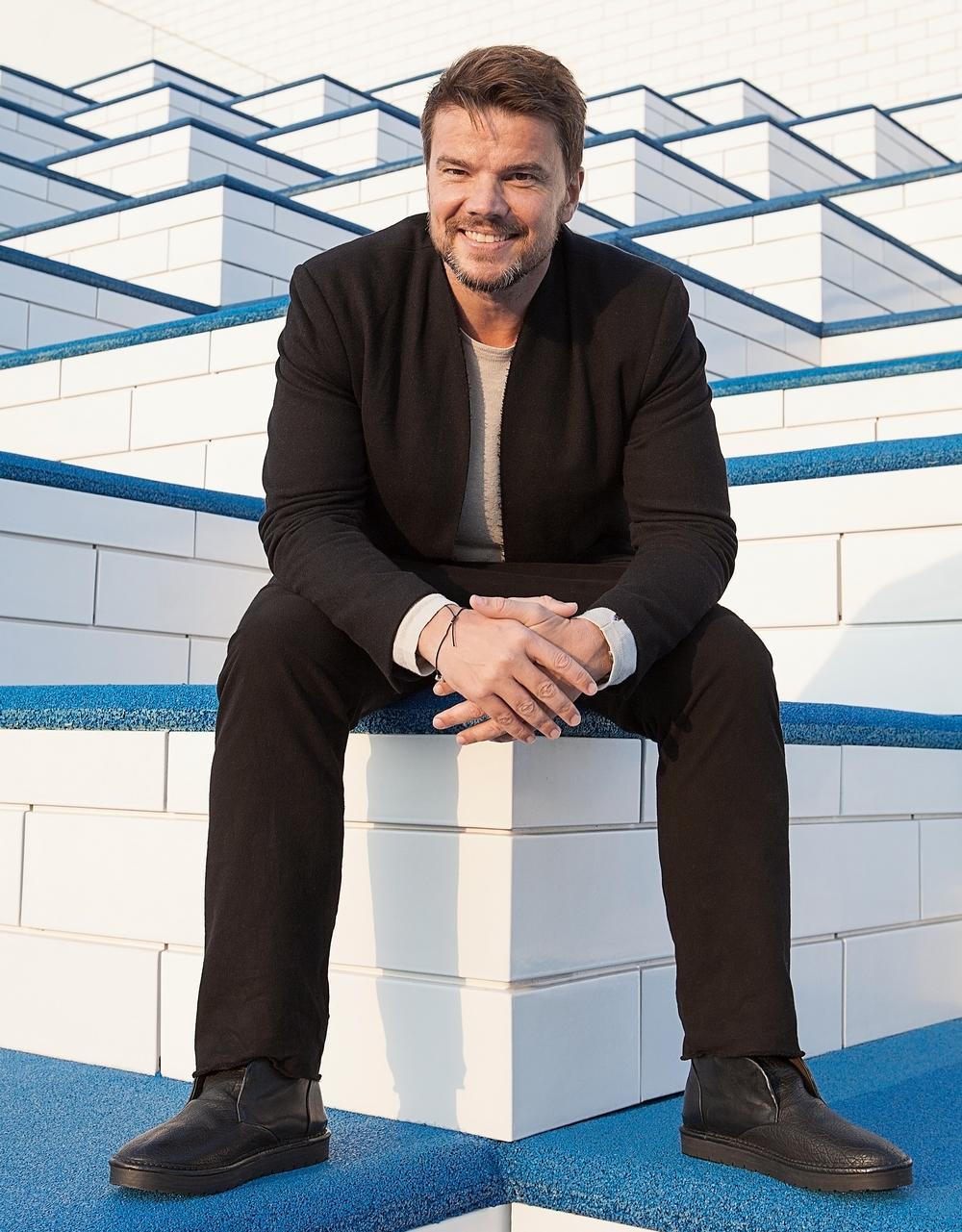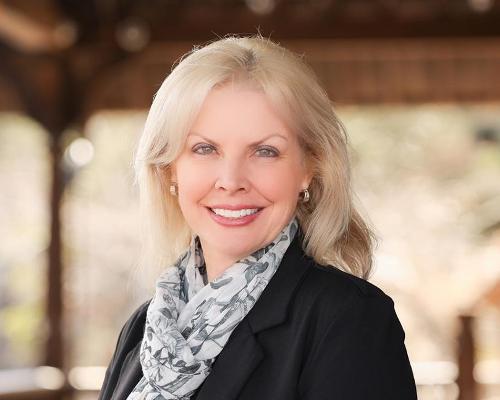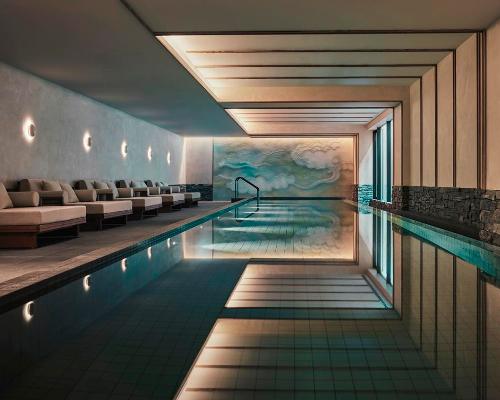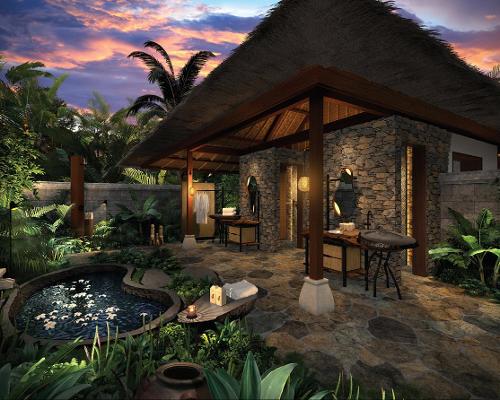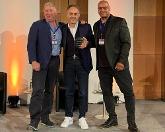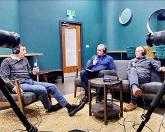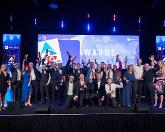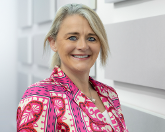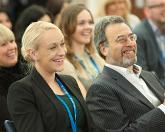see all jobs
BJARKE INGELS on life, Lego and the role of the collective in getting BIG to the top
"Increasingly, we don't just want to make a good looking version of something that's already been done, we want to take the initiative in giving form to our future," Bjarke Ingels tells CLAD, in an exclusive interview that explores his latest projects, his changing focus and the role of his team in BIG's success.
The full feature, which can be read below, is part of a BIG Special written specially for the latest issue of our quarterly magazine CLADmag.
Available to read now online and on digital turning pages, the comprehensive profile also covers the practice’s 11 other partners, including CEO Sheela Maini Søgaard.
BIG founder Bjarke Ingels talks to Magali Robathan
We’re in a car with Bjarke Ingels. It’s almost midnight, and the Danish countryside can’t be seen in the pitch black outside. Heavy rain lashes against the windscreen.
We pull into a muddy field. It’s completely deserted, apart from one other car. A figure approaches our vehicle.
Ingels gets out and embraces the other man, who turns out to be Finn Nørkjær, one of 12 partners at BIG. Nørkjær phoned earlier that evening, excited about showing Ingels the newly completed Tirpitz Museum before its official opening the next day.
We get out of the car and run towards a large building in the pouring rain. Nørkjær takes a remote control from his pocket, and all of a sudden the museum lights up and everyone gasps. Ingels and Nørkjær run ahead, shouting excitedly, taking pictures with their phones. Someone has sent Ingels a drone photo of the museum from above. “Look at this!” he shouts, passing it around. The atmosphere is electric.
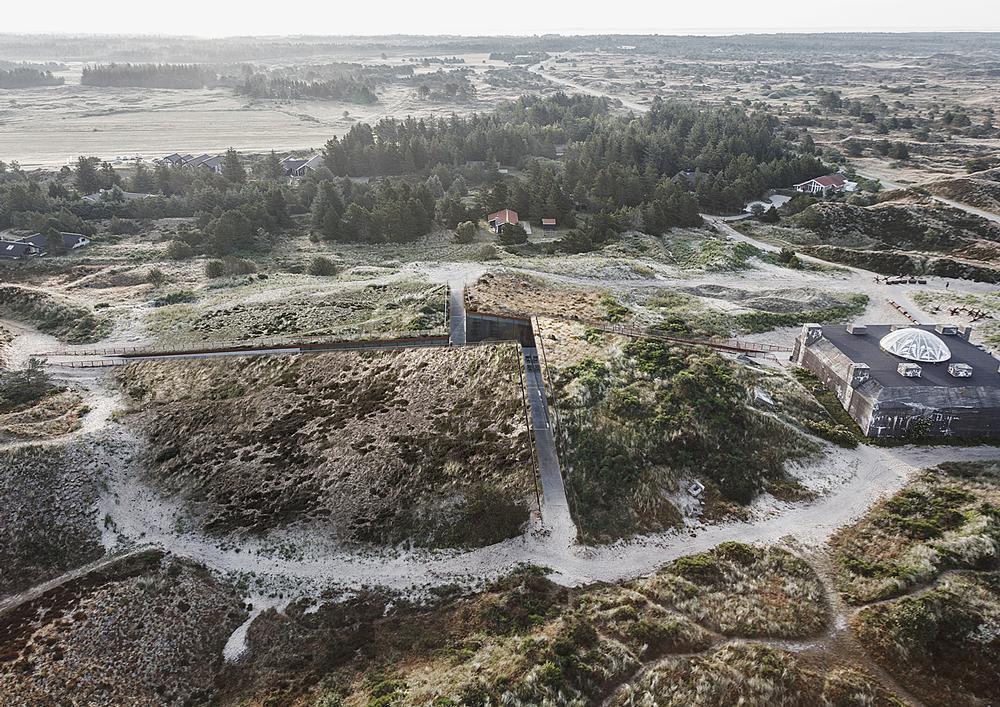
Earlier that day, Ingels flew into Billund in a helicopter to check on the Lego House and have dinner with Kjeld Kirk Kristiansen, the third generation owner of the Lego Group. Tomorrow, he will help launch tthe BIG-designed Tirpitz Museum with the Crown Prince of Denmark.
It’s a packed, exciting life for one of the world’s most famous architects, but I get the feeling that this moment sums up what makes it worthwhile for him – running around with his friend and colleague, seeing one of their creations come to life.
This moment also illustrates a fact that the media often ignores. It’s not just about Ingels. Every project is the result of a team of people, or ‘BIGsters’, as he calls them. Nørkjær and Ingels were in charge of the Tirpitz Museum, with another partner, Brian Yang, leading the project, and like all of BIG’s work, it’s the result of a design process that sees all members of the team, even interns, expected to contribute.
“Of course I founded the company and I’m the creative leader, but I’ve never kept it a secret that I work with great, gifted people,” says Ingels, once we’re back in the car. “Of the partners at BIG, about half were interns in the early days of the company, so we’ve been together for a ridiculously long time. We’ve developed a culture through friendship and collaboration that’s very strong.”
While Ingels rejects the media’s portrayal of him as the lone genius, he’s also not afraid to emphasise his own role in BIG’s success.
“The truth is that collaboration is about collective effort and it’s also about individual contribution – so both are actually true,” he says. “There wouldn’t be any BIG without me and there wouldn’t be any BIG without all the BIGsters.
“I don’t see that there’s a dichotomy. Has Steven Spielberg made you think that he’s the only one contributing to his films? Not really. But, of course, he’s the director and he consistently manages to put together a team that can deliver something that other directors don’t.”
Whatever the approach, it’s certainly working. BIG, and Bjarke Ingels, need no introduction. Over the past 12 years, the practice has grown from a tiny operation in Ingels’ apartment to a global firm of 450 people with offices in Copenhagen, New York and London. They’ve made their name with a series of projects based on bold, playful and often unexpected ideas, whether that’s putting a ski slope on top of a factory (Amager Resource Center, Denmark), blending an American skyscraper with a Danish courtyard building (VIA 57 West, New York) or designing a 10 storey building that allows people to cycle right up to their apartment (the 8 House, Copenhagen).
The firm has now branched into product design, launched its own in-house engineering division, and has a dizzying amount of headline-grabbing projects on the go, including 2 World Trade Center, the Washington Redskins’ new stadium, Google’s HQ, and the Dryline, a storm barrier for Lower Manhattan that doubles as an amenity for the community.
While BIG has made a name turning “the ordinary into the extraordinary,” as Ingels puts it, the firm is now also working on a handful of projects that could never be described as ordinary. BIG has teamed up with LA firm Virgin Hyperloop One to build what they hope will be the world’s first Hyperloop high-speed transport system, and Ingels is also working with the government of Dubai to realise the UAE’s recently-announced ambition to build a city on Mars by 2117.
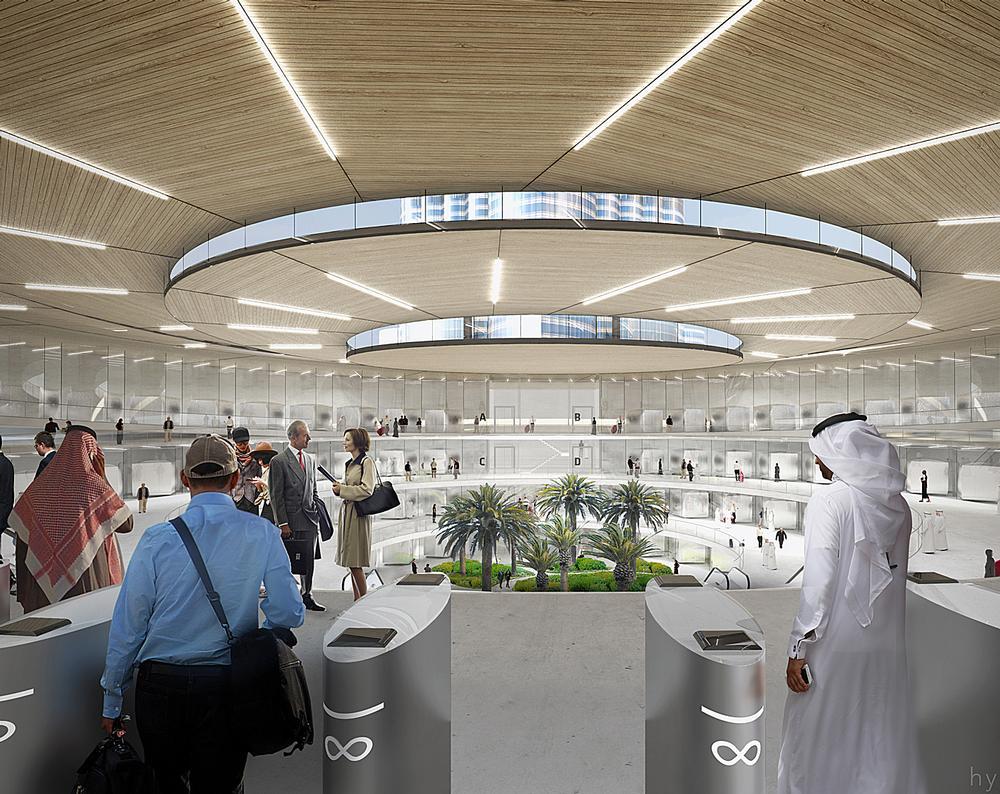
“Increasingly we don’t just want to make a good-looking version of something that’s already been done before; we want to take responsibility and initiative in giving form to our future,” says Ingels.
As BIG has grown, Ingels has become something of a celebrity – last year he was named by Time magazine as one of the ‘100 most influential people in the world’. A recently released film, BIG Time, shows the man as well as the architect, with viewers seeing him falling in love, worrying about his health and struggling with the responsibility of his position.
LEGO HOUSE
BIG’s latest project, the Lego House, launched in Billund, Denmark, at the end of September, and it’s something of a dream come true for Lego-mad Ingels.
“If BIG had been founded for one single building, it would have been this one,” he says. “It’s such a joyful exploration of all of the different potential expressions of Lego.”
The new visitor attraction was designed to look like a massive stack of Lego bricks, with a giant 2x4 Lego brick sitting on the very top. It features four colour coded play zones with a variety of different experiences, three restaurants, a conference centre, a Lego Museum and a Masterpiece Gallery showcasing fans’ personal Lego creations.
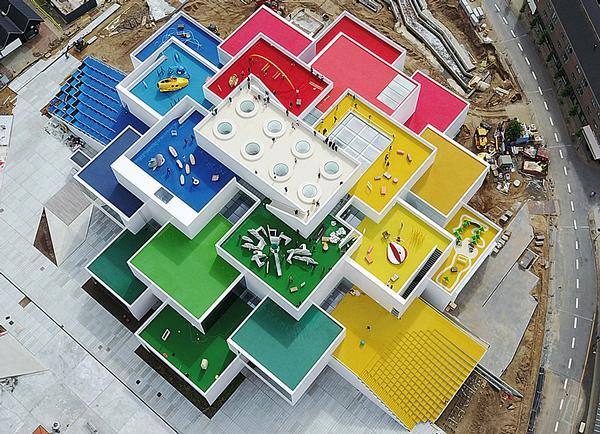
The site of the Lego House was previously home to Billund’s Town Hall, so it was important to include publicly accessible areas within the building. Visitors have to pay to enter the galleries (or ‘experience zones’), but parts of the building – including the 20,000sq ft indoor lobby, the brightly coloured roof terraces, and one of the restaurants – are free to access. Ingels explains that he hopes the lobby will be used as a town square by the citizens of Billund. “I think it has a generosity that could make it a truly public square, even though it’s inside the building,” he says.
For Ingels, this was pretty much his dream project. His love of Lego goes back to his childhood. “Like any Dane, I grew up with Lego,” he says. “What’s unique about Lego as a toy is that it’s actually not a toy, it’s a vehicle for systematic creativity that enables the child to create its own world and then to inhabit that world through play.
“As architects, we have the ability to build the world we’d like to live in, and then live in it. The sense of empowerment that architecture can give you when it’s working well is the same kind of empowerment that Lego gives a child.”
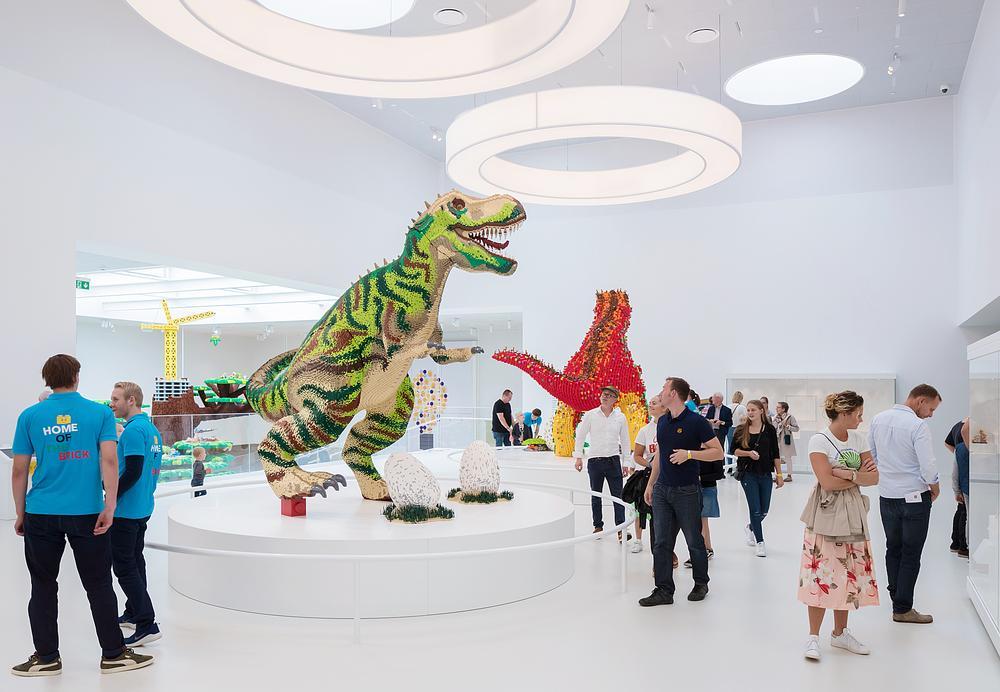
When Ingels got the call inviting BIG to compete in the Lego House competition, he was absolutely determined they were going to win.
“We went nuts and explored all the different sort of expressions of Lego that are out there,” he says. “For the presentation, we basically took all of the evidence of the creative process, stuffed it into the back of a van and transformed their conference room into our studio. The walls were filled with pin ups from the creative process, we had models everywhere. We’d also made a Lego architecture version of the Lego House including a Lego miniature figure that was meant to be me. It was pretty clear how much we wanted it.”
One of the first things BIG did after winning the competition was to invite a group of 20 Lego ‘super-users’ to a workshop where they presented their ideas and asked for feedback. From this came two ideas that made it into the final design: the Masterpiece Gallery on top of the building, which acts as a museum for fans’ Lego creations, and the Lego history vault at the bottom of the building.
“Working with these people was another form of collaboration,” says Ingels. “I mean, we feel like we know quite a bit about designing with Lego, but these guys, they’re frigging amazing.”
BIG partner Brian Yang was project leader for the competition and led the project in the early days. It was then passed down to Finn Nørkjær to make it happen. “Finn has been fighting the battles of actually getting it built the way it is now, and God knows, it’s been a pretty bumpy ride,” says Ingels. “Very much thanks to Finn, though, it looks as if it’s turned into a successful delivery in the end.”
He stops, grins widely, and adds: “It’s pretty goddamn epic actually.”
THE MAKING OF BIG
Ingels started his career working for Rem Koolhaas at OMA in Rotterdam. In 2001, he and fellow OMA employee Julien De Smedt decided to leave and go it alone. They launched PLOT together in Copenhagen and began looking for work.
At the time, Ingels and De Smedt had plenty of ideas, talent and enthusiasm, but very little experience. When they won their first competition, for the Water Culture House in North Jutland, Denmark, Ingels realised they were a little out of their depth.
“I’d spent the day painting our office only to come home at 10pm and find this big folder from our future client full of hundreds of pages of documents and project items to respond to the following day,” he says. “I’d been one of the lead designers of the Seattle Central Public Library while I was at OMA but I hadn’t had any sort of management responsibilities and I had no idea about any of this.”
Just then, Ingels’ phone rang. On the other end was Finn Nørkjær, an experienced architect and an employee of the firm that had come second in the Water Culture House competition, who was so intrigued by PLOT’s winning entry that he wanted to find out more. Ingels invited him around immediately, and they spent several hours going through the documents ahead of the client meeting the following morning. A week later, Nørkjær joined the firm, and is now one of the 12 partners.
Examples of this kind of fortunate timing come up again and again in my chat with Ingels. BIG won its first major commission when then intern (now partner) David Zahle bumped into Danish developer Per Hopfner in his friend’s backyard, and many opportunities have come about as a result of being in the right place at the right time.
“There’s definitely been a lot of serendipity and providence involved,” says Ingels. “It’s very obvious to me that if you send out clear signals, at some point they’ll find their way back to you.”
In 2005, Ingels and De Smedt decided to wind down PLOT, and BIG was launched later that year. The rise of BIG has been well documented, from the 8 House complex and Danish Maritime Museum in Denmark to the publication of Ingels’ Yes is More comic-book-style manifesto in 2009. Being commissioned to design the VIA 57 West apartment block in Manhattan (opened in 2016) represented a huge leap forward for the practice, and led to the opening of BIG’s US office in 2010. Meanwhile, the practice was working on a series of increasingly high profile projects across the world, and Ingels was fast becoming a well known name within the profession.
It hasn’t all been plain sailing though. By 2007, BIG were winning good projects, but the financial side of the business was struggling. “By the fall of 2007, we were going down,” says Ingels. “I took control of our finances for a year, let go of 35 people, cut down everything I could, including lunches and our cleaning services, borrowed some money and managed to turn the company around.”
Ingels realised he needed to hire someone with a strong business mind, and took on ex McKinsey consultant Sheela Maini Søgaard, who is now a partner and CEO of the firm.
“Sheela has a really healthy confrontational attitude,” says Ingels. “She started phoning our late payers, getting them to cough up. Where architects are typically overly optimistic, Sheela has a healthy scepticism. And where most of us would happily do a project for free, she has a ‘fuck you, pay me’ attitude. We needed that.”
THE CULTURE
All of the BIG partners I speak to for this article agree that the culture of the organisation is a huge part of its success, and the reason why they are such a close knit team.
Ingels describes the practice as a “true meritocracy,” with decisions about who to put forward based on talent rather than the amount of experience a person has. The firm has a very flat hierarchy, with open plan offices making it easy for employees to communicate, and all staff, including interns, encouraged to contribute to design conversations.
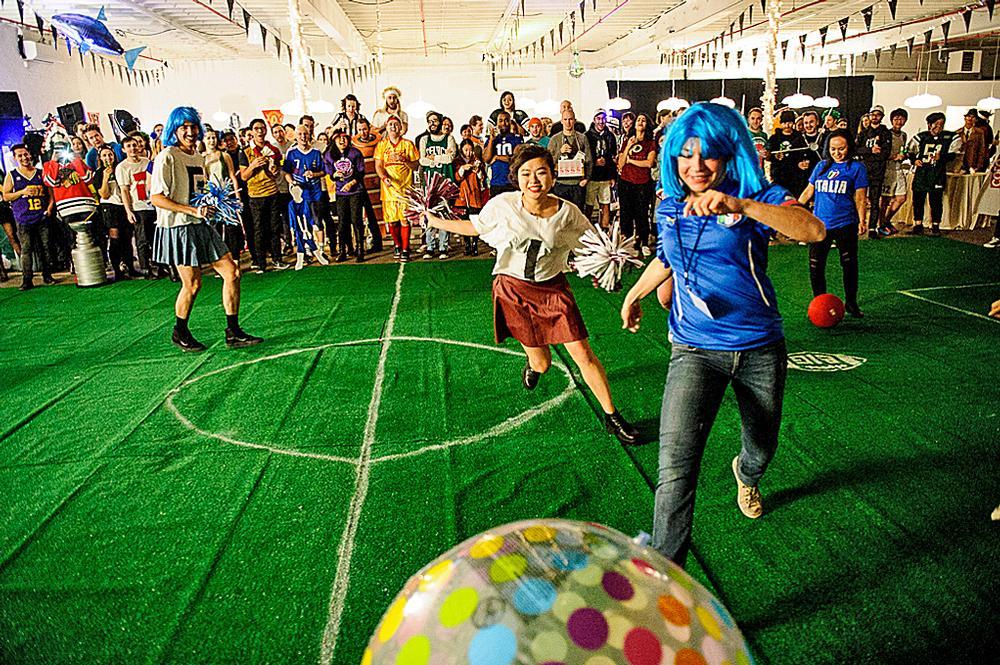
Extra curricular activities are also an important part of the life of the practice – there are legendary parties, study trips, a ‘BIG band’ and a series of physical challenges, including cycling over the Andes and scaling the world’s seven tallest peaks. Is this something Ingels set out to create?
“It’s not really an agenda, it’s more a question of how you’d like to lead your life,” he says. “Architects tend to work long hours, but even if you’re working a normal day, it’s still close to half of your waking hours, so you’d better have a good time doing it.
“It’s not just about the parties though. If you put a lot of like-minded, energetic, passionate, brilliant, creative people in a room with some fascinating problems to solve and a big deadline at the end, it’s practically like a party. So even without intoxicating substances, it’s a blast.”
So, what’s next? I catch up with Ingels a couple of months after our meeting in Denmark, and his sights are set firmly on the future.
“I’m interested in those moments where there’s some kind of transformation happening in society,” he says. “Those changes come with new problems, but also new possibilities. If you’re aware, you have an amazing opportunity to give form to the future when those changes occur.”
I ask Ingels which future projects he’s particularly excited about. He highlights two.
The first is a collaboration with Douglas Durst, the real estate investor and developer behind VIA 57 West. Details of this project aren’t yet public, Ingels says, but it will be “three times bigger than VIA, and it’s the only thing I can imagine that could make VIA look timid.” It will include several different components, and a “handful of public programmes,” he adds.
The second project sounds like the stuff of science fiction, and certainly ties in with Ingels’ desire to give form to the future. BIG is collaborating with the government of Dubai to create a huge space simulation development called Mars Science City, which will be used to explore the practical challenges of helping the United Arab Emirates achieve its dream of building the first settlement on Mars by 2117.
The AED 500 million-scheme, extending over 1.9m sq ft, will simulate conditions on the surface of the red planet, with heat and radiation insulation and walls which are 3D printed from desert sand.

Mars Science City will have a museum displaying “humanity’s greatest space achievements”, with educational areas to engage young people and inspire in them a passion for space, exploration and discovery.
It will also include food, energy and water labs, agricultural testing and research into food security.
“There will be a presence of Mars on Earth to begin with, and then eventually there will be a presence of Earth on Mars,” says Ingels. “It’s incredibly exciting.”
November sees Ingels moving from New York to Copenhagen with his fiancée, architect Ruth Otero, in order to take advantage of what he sees as the start of a building boom in Europe.
“The last few years have been dominated by America, but there’s no doubt that Europe is back at full throttle,” he says. “I’m keen to spend a few years focusing on opportunities in Europe.
“We’ve got plenty to be excited about.”
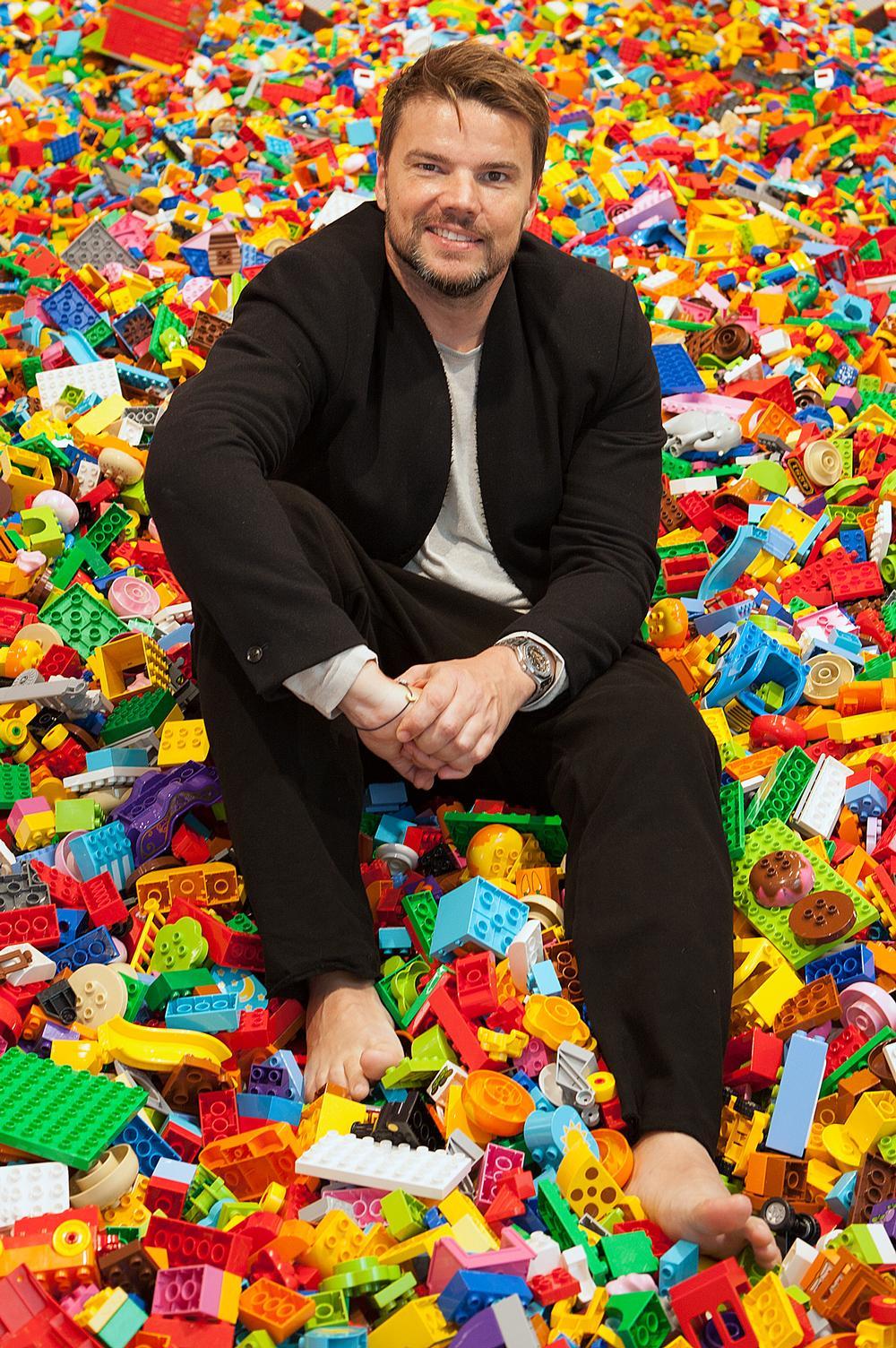
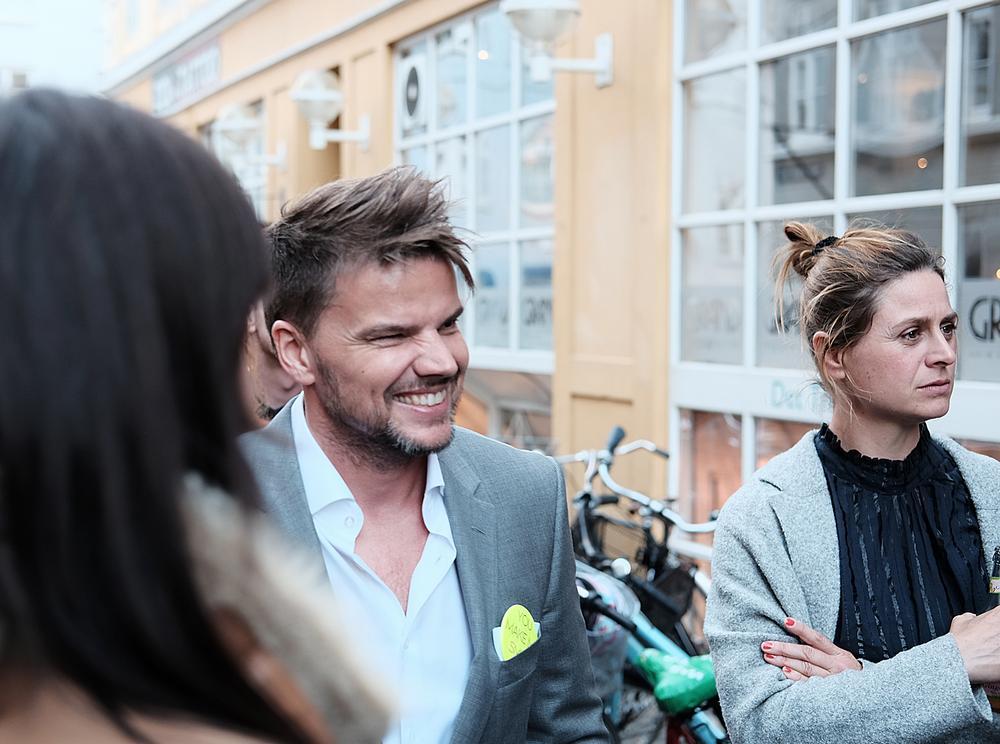
2001
Bjarke Ingels launches PLOT with Julien De Smedt
2005
Ingels launches the Bjarke Ingels Group in Copenhagen
2009
BIG becomes a partnership with eight partners: Bjarke Ingels, Sheela Maini Søgaard, Kai-Uwe Bergmann, Andreas Klok Pedersen, David Zahle, Jakob Lange, Finn Nørkjær and Thomas Christoffersen
2010
BIG opens its New York office
2014
Research and development lab BIG ideas is born
2015
BIG appoints four new partners: Beat Schenk, Daniel Sundlin, Jakob Sand and Brian Yang
2016
BIG’s London office opens in Kings Cross
2017
BIG launches its own in house engineering, landscape, interior and space planning department
More News
- News by sector (all)
- All news
- Fitness
- Personal trainer
- Sport
- Spa
- Swimming
- Hospitality
- Entertainment & Gaming
- Commercial Leisure
- Property
- Architecture
- Design
- Tourism
- Travel
- Attractions
- Theme & Water Parks
- Arts & Culture
- Heritage & Museums
- Parks & Countryside
- Sales & Marketing
- Public Sector
- Training
- People
- Executive
- Apprenticeships
- Suppliers









